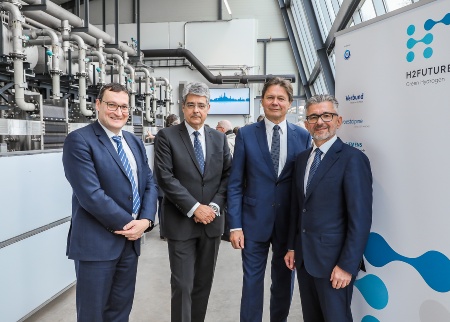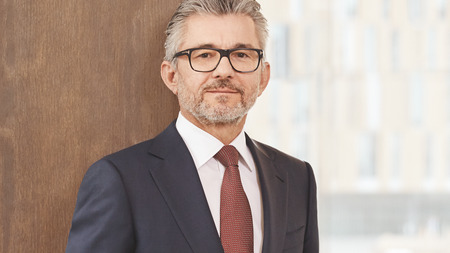H2FUTURE: World’s largest “green” hydrogen pilot facility successfully commences operation
Press Kit zip | 87,37 MBWhat is currently the world’s largest pilot plant for the CO2-neutral production of hydrogen has successfully commenced operation at the voestalpine site in Linz, simultaneously setting an international milestone in the advancement of new energy supply options. As part of the EU-funded H2FUTURE project, partners voestalpine, VERBUND, Siemens, Austrian Power Grid, K1-MET and TNO are researching into the industrial production of green hydrogen as a means of replacing fossil fuels in steel production over the long term.
voestalpine.jpg)

voestalpine.jpg)
voestalpine.jpg)
